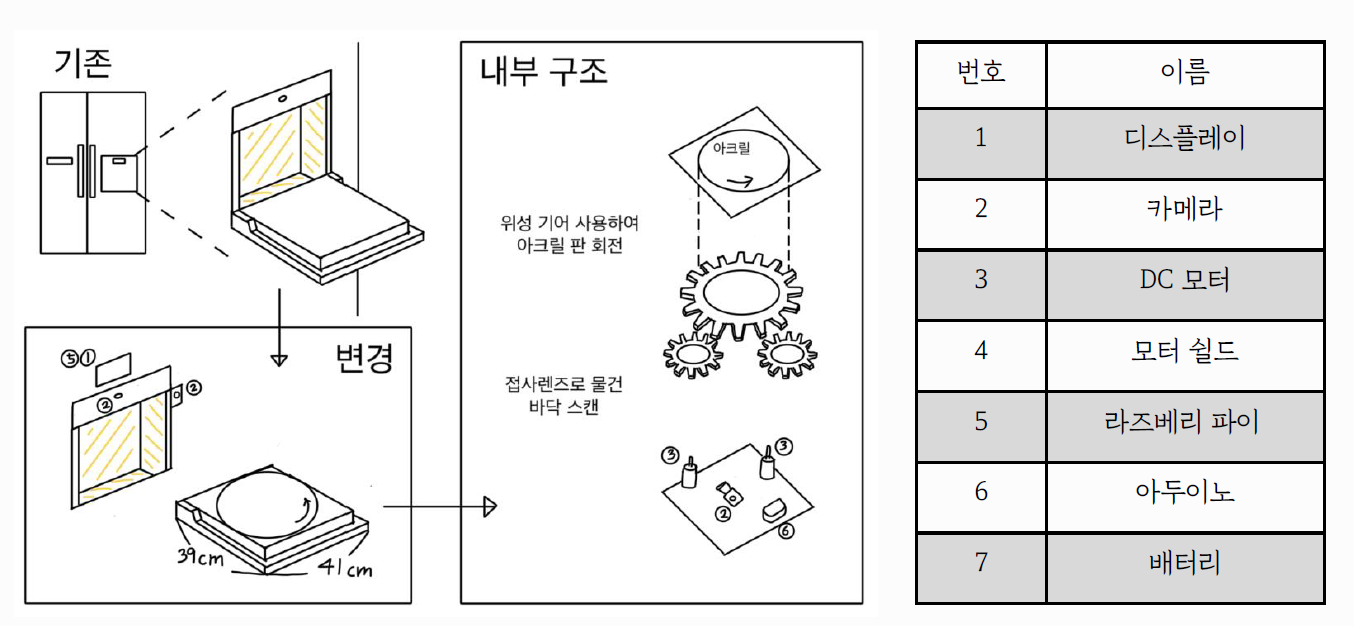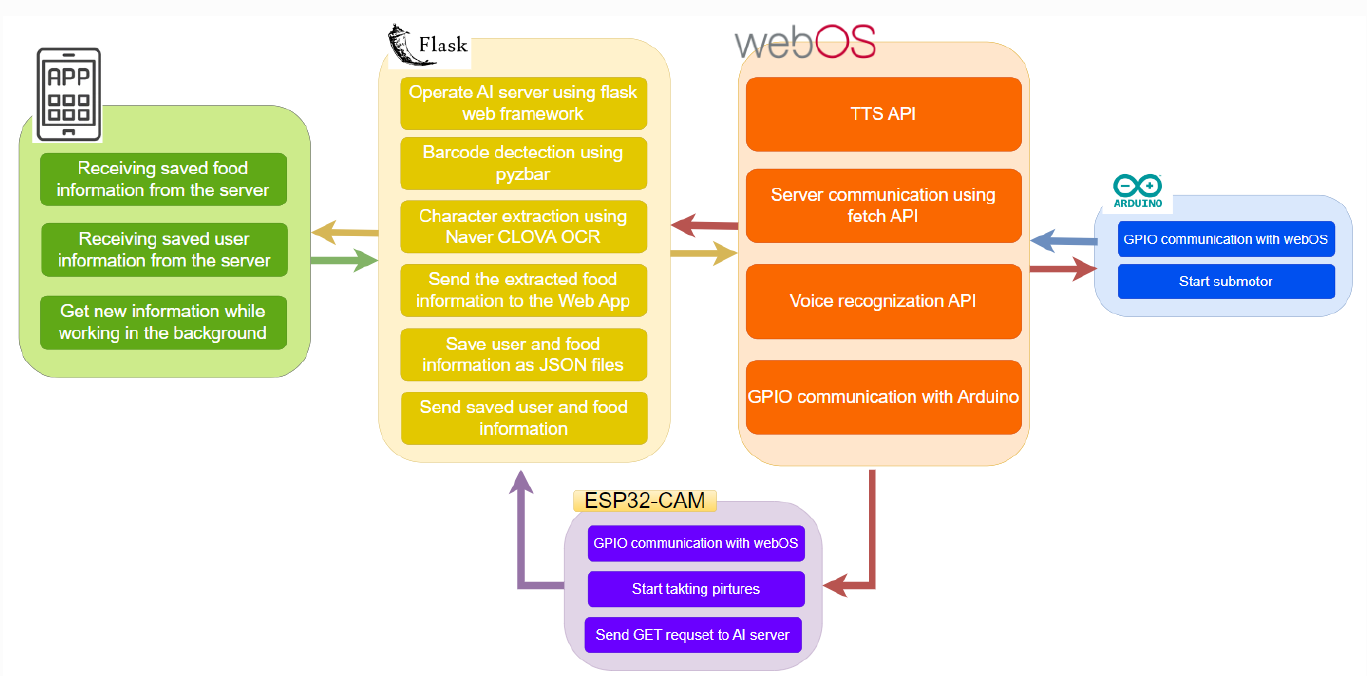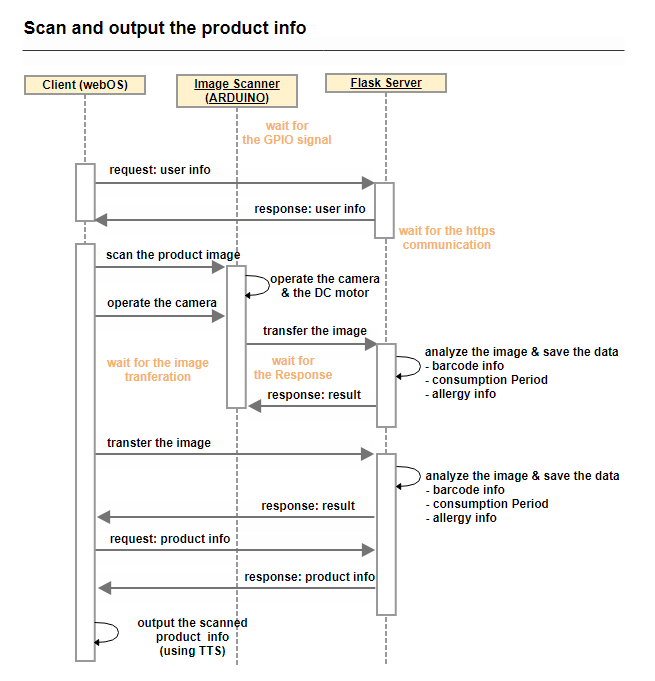Note
If you are also curious about the previous winner of the contest, see The World Embedded Software Contest 2022.
If you are also curious about the previous winner of the contest, see The World Embedded Software Contest 2022.
January 17, 2024
The grand prize of the 21st World Embedded Software Competition goes to SOFI of team VOIDMIAN! SOFI stands for sound of food information and is a voice-enabled food information system for those who are visually impaired or with low vision. With the food classification and use-by date detection device, SOFI helps users with visual impairment or low vision, due to age, LASEK, etc., select food and prevents them from consuming unhealthy food. Team VOIDMIAN analyzed the space of the refrigerator’s home bar from a fresh point of view and added a rotating food scanning function to the door of the home bar, and also they implemented a voice-enabled food information system based on webOS Open Source Edition (OSE).
Let’s see a demo video of the project (Korean only).
The following description shows the overall system architecture.
| Component | Type | Description |
|---|---|---|
| Image Scanner on the Magic space (DC Motor / ESP32-CAM w/ Arduino) | Hardware |
|
| Flask Server | Software |
|
| Client (Application) | Software |
|
The following figure describes how the hardware, including the Magic-space on the refrigerator, works to scan product images.

The following diagram describes the system composed of a webOS-based web app and a FLASK server to store and manage product image data.

The key features of the project are as follows:

The SOFI was proudly awarded the grand prize recognized as an excellent example of how webOS can be used to help the visually impaired and others with low vision.
Here’s what the VOIDMIAN team members feel about the whole experience in the competition.
It wasn’t a difficult choice that we picked webOS when applying for the competition. We knew it is a stable operating system that had already been adapted to LG smart TVs and thought it would be a good fit for our project.
However, despite the wide knowledge about Linux and Windows that our team has, we had to go through many difficulties as novice developers of webOS. We had to start from understanding how webOS works. While working on the project, the webOS OSE developer website helped us a lot as it provides detailed guides on how to implement web apps, use the LS2 API, and so on. Thanks to those guides, we could resolve problems one by one during the development.
Contents